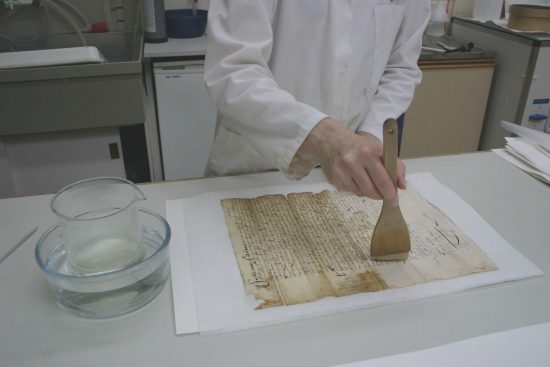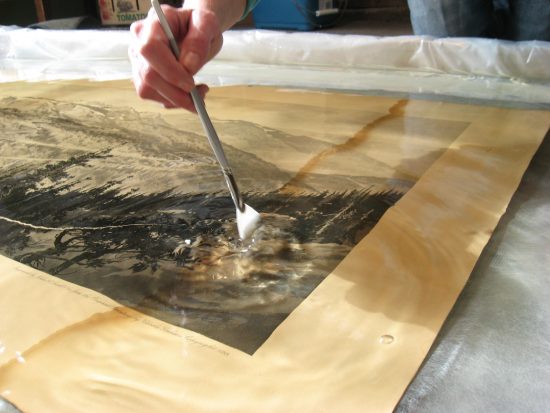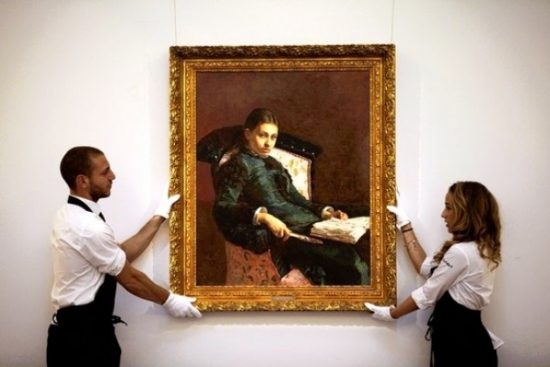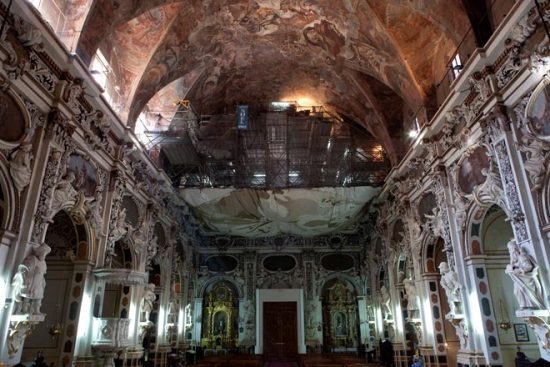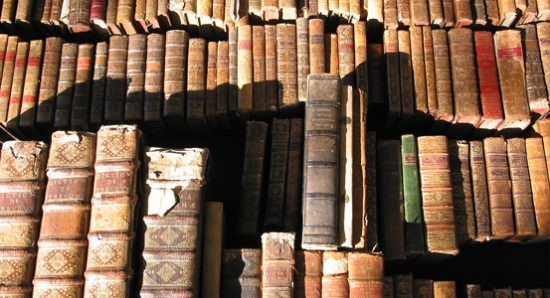Museum archival framing refers to the strict use of materials and techniques that provide protection to framed works of art on paper. Paper is sensitive to its surroundings as it can be adversely affected by dampness, changes in temperature and humidity, restriction of movement, and exposure to light. Paper will also react to the materials it comes into contact with such as acidic support boards and self adhesive tapes which museum archival framing does not use.
Museum archival framing uses 100% cotton rag as matting material, the colored space between the piece itself and the frame. Besides protecting the work from being close to the frame, it also protects the work from being too close to the glass which can have adverse effects such as condensation. The mounting hinges (invisible attachments between your art work and the backing board) are made of Japanese paper with natural wheat or rice paste used as the adhesive.
The conservation glass used in such framing filters out between 97 to 99% of ultraviolet rays, which protects the work from fading as well as scratching. In addition to possessing all of those materials, the frame should have an acid-free paper dustcover stretched across the back. This prevents dust particles and tiny insects from gaining access to your art work.
Importance of Museum Archival Framing
Museum archival framing is a crucial aspect of museum management and curation, as it plays a significant role in preserving and presenting the items within a museum's collection. Here are some key reasons why museum archival framing is important:
- Preservation of Artifacts: The primary purpose of archival framing is to protect and preserve valuable artifacts, artworks, photographs, documents, and other items in a museum's collection. Archival materials are chosen for their high-quality and long-term stability, which helps prevent damage from light, humidity, dust, and pollutants.
- Prevention of Physical Damage: Archival framing provides physical protection by preventing direct contact with the elements, including handling, UV radiation, and pollutants. This reduces the risk of physical damage such as tears, creases, or staining.
- Prevention of Fading: Archival framing materials are designed to minimize the effects of UV light exposure, which can cause colors to fade over time. This ensures that the items remain vibrant and visually appealing for years to come.
- Minimization of Acid Migration: Archival framing materials are pH-neutral and free from acidic components. This helps prevent acid migration, which can cause yellowing and deterioration of the framed items and any adjacent materials.
- Enhancement of Aesthetics: While preservation is a primary concern, archival framing can also enhance the visual appeal of the displayed items. Museum professionals carefully select framing materials and techniques to complement the artwork or artifact and create a visually pleasing presentation.
- Professional Presentation: Archival framing is an essential aspect of professional museum curation. It demonstrates the museum's commitment to preserving and presenting its collection in the best possible way, which can enhance the institution's reputation.
- Research and Education: Proper archival framing allows for easier examination and study of artifacts by researchers, scholars, and educators. It also ensures that the items remain in a condition suitable for public display and educational purposes.
- Long-Term Sustainability: Archival framing is an investment in the long-term sustainability of a museum's collection. By using high-quality materials and techniques, museums can extend the lifespan of their artifacts and reduce the need for costly conservation and restoration efforts in the future.
- Ethical Considerations: Museums have ethical responsibilities to protect and care for the items in their collections. Archival framing helps fulfill these responsibilities by ensuring that artifacts are treated with respect and care.

